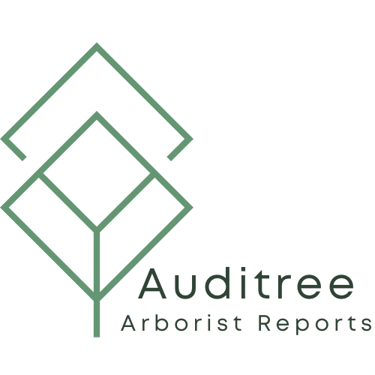Understanding the Victorian Planning Framework: Arborist Reports and Permits for Vegetation Management
Understand the Victorian planning policy on vegetation management, including when an arborist report is required and how arborists can help obtain permits for tree removal or pruning.
10/10/20243 min read


The Victorian planning policy system plays a crucial role in managing the balance between development and environmental preservation. For those dealing with vegetation on their property, understanding the process of obtaining permits can often seem complex. Whether you’re a homeowner, developer, or consultant, navigating these regulations is key to making informed decisions. This post will explore how vegetation is protected under the Victorian planning policy system and what’s involved in obtaining permits for tree removal or pruning.
The Victorian Planning Policy Framework (PPF)
The Victorian Planning Policy Framework (PPF) sets out the guidelines and objectives for land use, development, and environmental protection across the state. It’s designed to balance growth with sustainability, ensuring that urban expansion doesn’t come at the cost of natural ecosystems, particularly trees and vegetation that play a crucial role in supporting biodiversity and improving urban environments.
When Do You Need a Permit?
In many cases, removing or modifying vegetation on your property requires a planning permit. This applies particularly in areas where trees are protected by local planning schemes or overlays such as the Vegetation Protection Overlay (VPO) or Environmental Significance Overlay (ESO). These overlays are put in place to safeguard native flora, protect wildlife habitats, and maintain the aesthetic and environmental values of the region.
Common situations where you may need a permit include:
Tree removal or pruning: Even if a tree is on private property, it may be protected under local planning laws.
Construction or development: If building works might impact existing vegetation, a permit is often required.
Land clearing: On larger parcels of land, clearing vegetation for agriculture or new infrastructure often falls under strict regulation.
Key Overlays and Regulations
Several overlays and regulations influence the approval process for vegetation permits. Here are a few of the most relevant:
1. Vegetation Protection Overlay (VPO): This overlay is designed to protect areas with significant vegetation, whether due to the rarity of plant species, the age of the trees, or their value to local ecosystems. If your property falls under a VPO, you’ll need to provide strong justification for any vegetation removal, often requiring a detailed arborist report.
2. Environmental Significance Overlay (ESO): The ESO focuses on protecting areas with environmental importance. This can include wetlands, coastal areas, or regions with high biodiversity. Vegetation in these zones is often integral to maintaining the local ecosystem’s health, and as a result, permit applications in ESO areas are typically subject to more stringent review.
3. Heritage Overlay (HO): If a tree is deemed historically significant—either as part of a heritage-listed site or because of its historical value—it may fall under a Heritage Overlay. This means you’ll need to follow specific procedures for its care, and any alterations will need to be justified from a heritage perspective.
The Permit Application Process
When applying for a permit to remove or modify vegetation, local councils will assess the application based on the impact on local biodiversity, neighbourhood character, and environmental sustainability. Here’s an overview of the steps involved:
1. Initial Consultation: Consulting an arborist or planning professional early in the process can save time. An arborist report will often be required to assess the health, structure, and significance of the tree(s) in question.
2. Application Submission: You’ll need to submit a formal application, typically through the local council. Along with a description of the proposed works, you may need to include site plans, details about the species and size of the vegetation, and a justification for the removal or pruning.
3. Assessment and Public Notice: The council will assess the application based on local planning policies and environmental considerations. In some cases, a public notice is issued, allowing neighbours to comment on the proposed works.
4. Approval or Refusal: If the application meets the relevant criteria and there are no objections, the council will grant the permit. Conditions may be attached, such as a requirement to plant replacement trees or follow specific methods to minimize environmental impact. If the application is refused, an appeal can be lodged with the Victorian Civil and Administrative Tribunal (VCAT).
Exemptions and Special Cases
There are certain exemptions where permits may not be required. For instance:
Dead or dangerous trees: Trees that are confirmed as dead or pose an immediate safety hazard may be exempt from the need for a permit.
Bushfire-prone areas: In bushfire-prone areas, residents may have more flexibility to remove or clear vegetation as part of fire prevention measures, though guidelines still apply.
Minor works: Pruning for tree health or safety, within certain limits, may not always require a permit. However, this varies by council and should be confirmed before proceeding.
The Victorian planning policy system is designed to ensure that development and vegetation management occur in a way that benefits both people and the environment. Understanding when a permit is required, and working with professionals to navigate the process, is essential for responsible vegetation management. Whether you’re removing a tree or planning a new development, being familiar with these policies ensures that you stay on the right side of the law while contributing to the preservation of Victoria’s natural landscape.
© Auditree 2025. All rights reserved.


